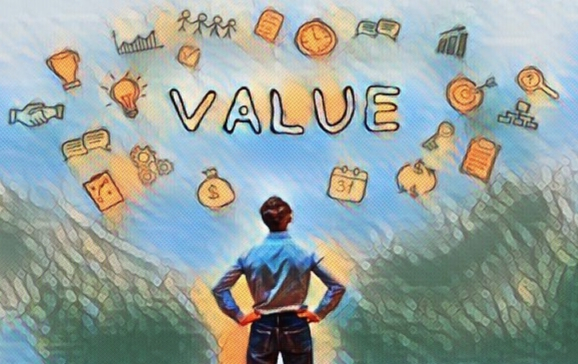
When customers do a high sales revenue with a company, this doesn’t automatically mean that they are as profitable, as we may think that they are. Unfortunately, we tend to pay most of our attention on how much turnover an account does with our organisation, rather than focusing on the overall cost of serving this particular account.

It is a fact that people like to buy for a number of reasons. For others, is the feeling of power that they get when buying things, others feel a sense of pleasure and fulfilment, while some, even take pride in buying, especially when they feel that they got a bargain.

According to Greek mythology, Narcissus was a hunter renowned for his beauty, however he scorned those who admired him. For this reason, Nemesis, attracted him to a fount, where he saw his reflection in the waters and fell in love with it, without being aware that it was just an image. As he was not able to leave the beauty of his own reflection, Narcissus eventually died.

Since last Friday afternoon, and for the next two and a half weeks, I will be away from work, due to summer holidays. This time of the year, as with every vacation period, is always eagerly awaited from everyone, but when it is over, we all agree that it has gone too fast. So, what is actually changing during vacations?

A couple of weeks ago at work, I received a mail from one of our partners, the content of which, in my eyes, provided the best proof that value creation is not just a matter of salespeople. Earlier that week, two of my colleagues from the after sales department paid a visit in our partner’s premises, resolving issues and providing technical training to their staff.


